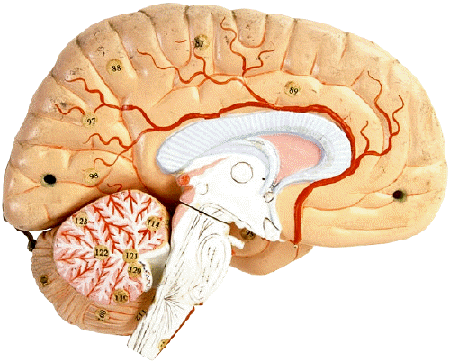A diagnosis of Parkinson’s disease is not the end of the line. Treatments are available, researchers continue to search for a cure, and you have the ability to take control of this disease.
- Exercise. If you’ve always been a physically active person, you’re a step ahead of the game. If you haven’t been active, it’s not too late to start. The earlier in your disease you begin an exercise program, the better. You may be able to delay some of the stiffness and fatigue that Parkinson’s causes. Aerobic and strengthening exercises are both beneficial, but just taking a walk every day can help. Ask your doctor or physical therapist to recommend an appropriate exercise program.

- Watch what you eat. Some people with Parkinson’s find that certain foods make their symptoms worse. For example, hot, spicy foods may make movement more difficult. Keep track of what you eat, and note whether it seems to have any effect on your symptoms. Research finds that protein can interfere with your body’s absorption of L-dopa. If you are taking L-dopa, you may want to eat less protein, but don’t eat too little. You may become deficient. Try eating smaller amounts of protein with carbohydrates several times during the day. Or eat most of your protein at night when your medicine doesn’t have to be as effective. Broad beans, also known as fava beans, may be one protein source that doesn’t interfere with your L-dopa as much. Constipation can be a side effect of Parkinson’s, so make sure you get plenty of fiber, and drink lots of water. Talk to your doctor about your eating plan, and experiment until you find what works best for you.
- Get some support. You may have a caring family, but they cannot quite understand what you’re going through. Other people with Parkinson’s do understand. Joining a support group may help keep you from feeling alone and depressed, and you may get some helpful advice on how other people have dealt with the disease.
- Think about therapy. Different types of therapy are available to people with Parkinson’s. Physical therapy may help teach you how to deal with your movement problems and increase your mobility. Some people with Parkinson’s have speech difficulties because the muscles in your throat and voice box don’t work properly. Speech therapy may help you speak more clearly, and make your disease less noticeable. Psychological counseling may help you overcome the depression that so often accompanies Parkinson’s.
- Gadgets can be helpful. Handy little gadgets like jar openers, reachers, and special cooking and eating utensils can make your life much easier, and help you to stay independent.
- Make your home safe. Because Parkinson’s can affect your balance, it is important to fall-proof your home. Install hand rails and non-skid strips in your bathroom, because a fall in the bathtub can be disastrous. Keep your floors free of clutter that might trip you up, and have night lights throughout your house, especially along the path you would take to the bathroom at night.